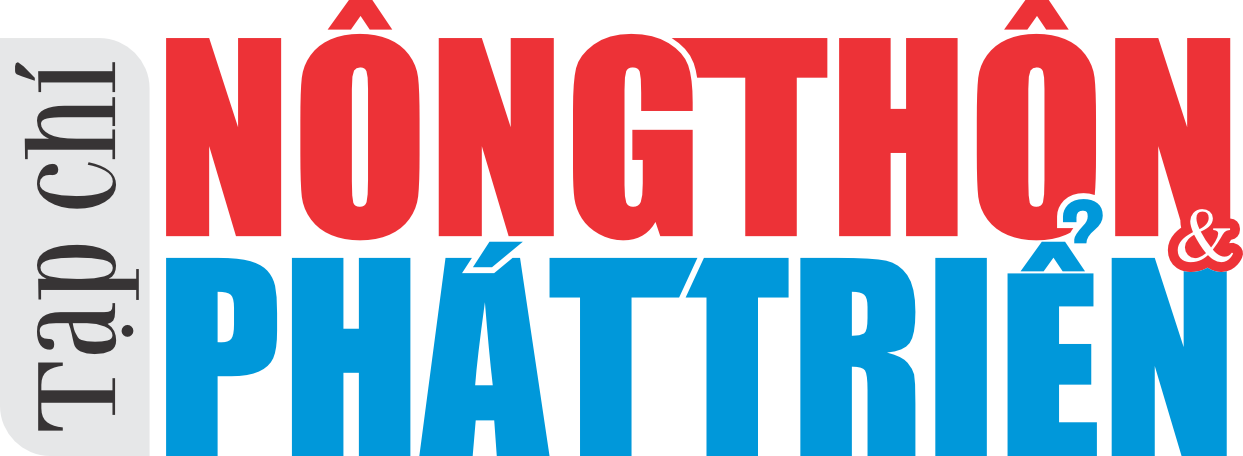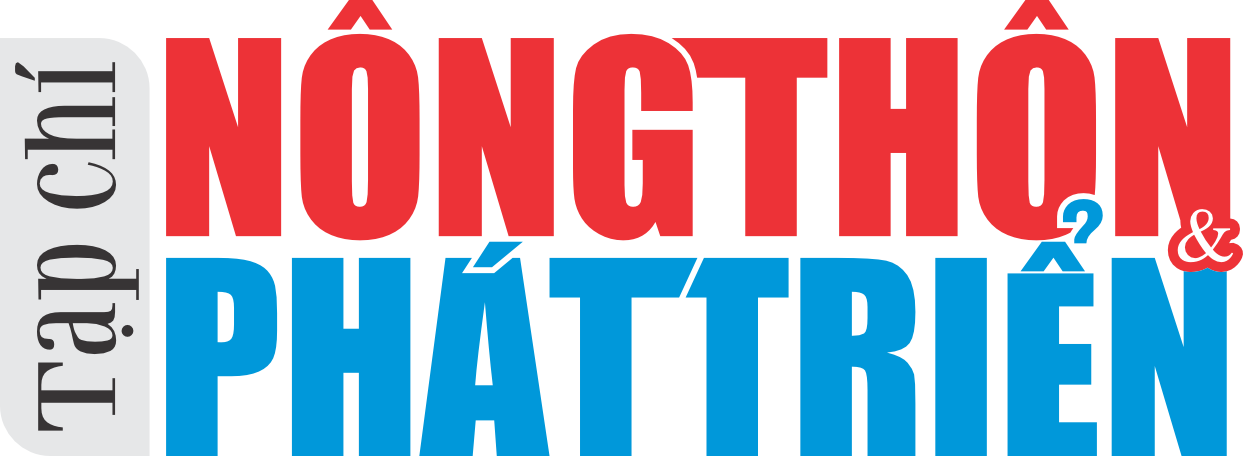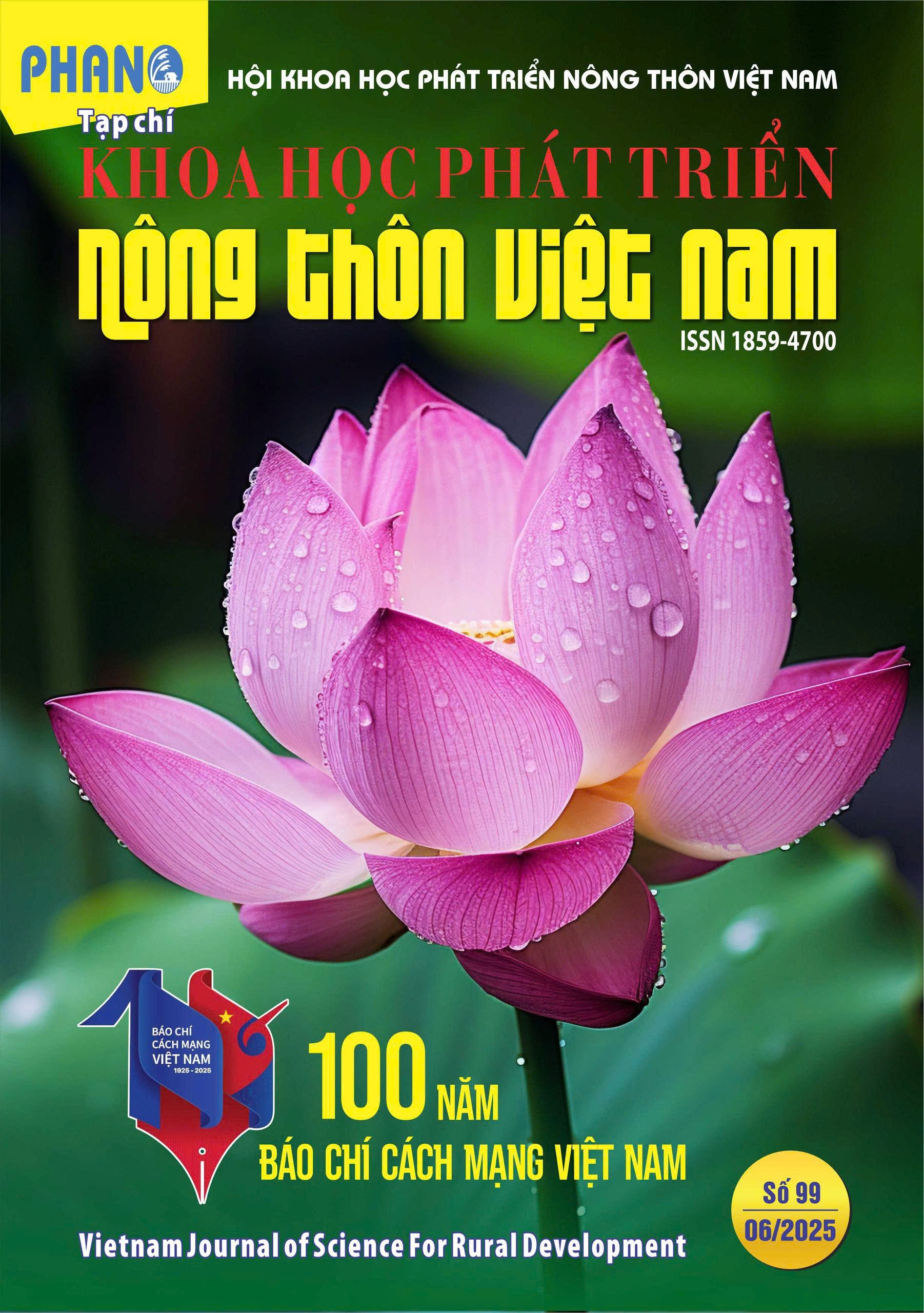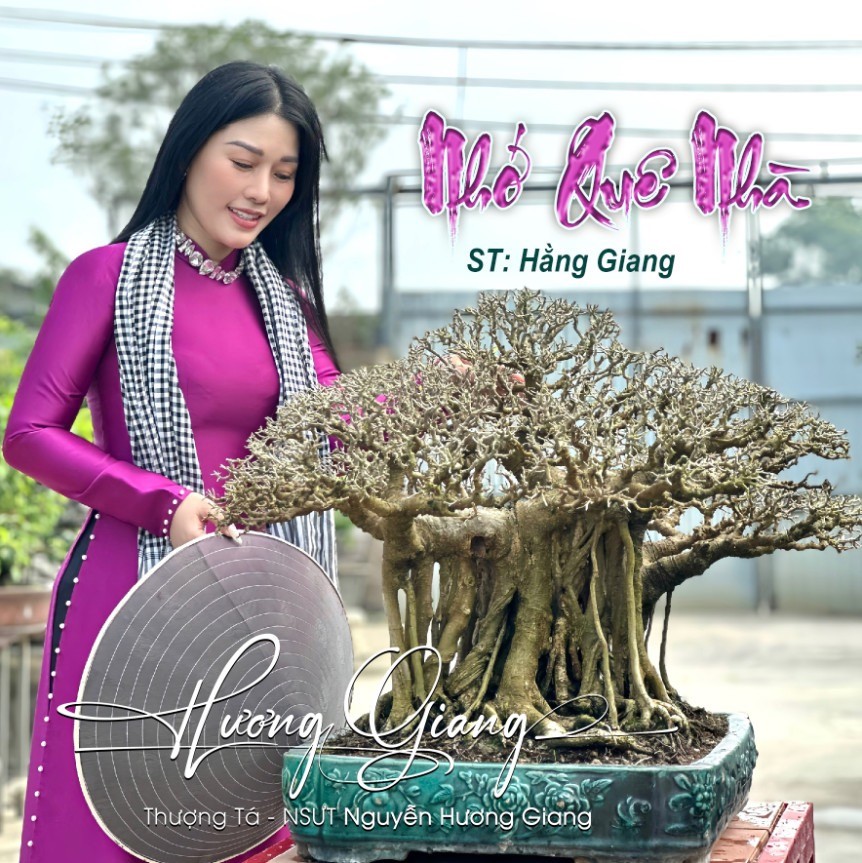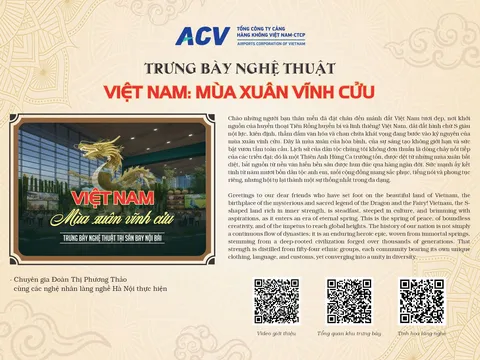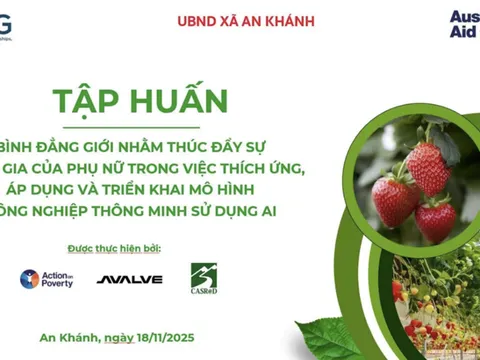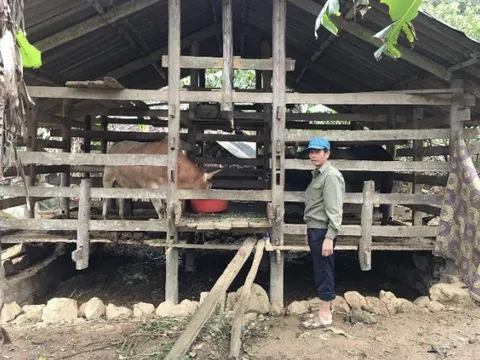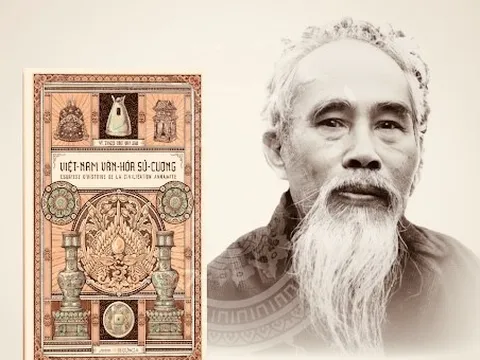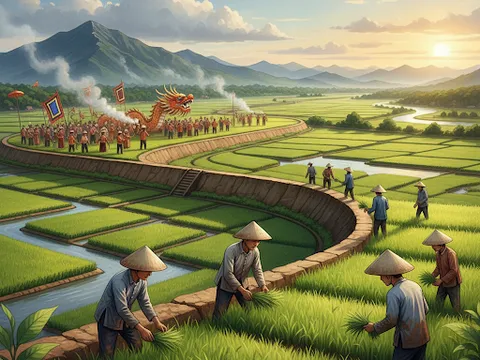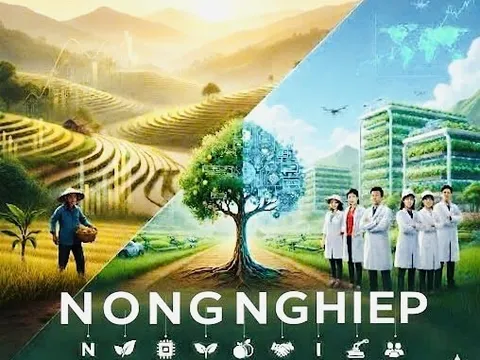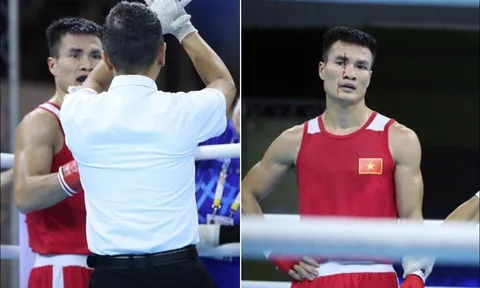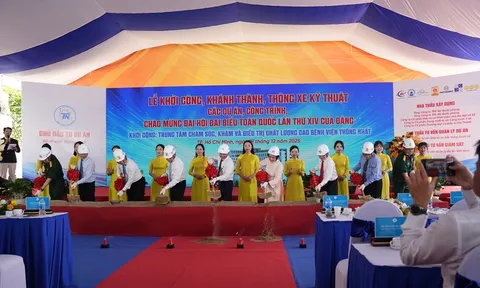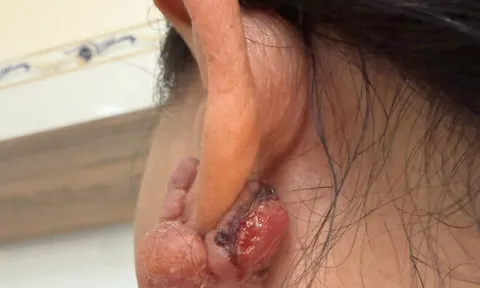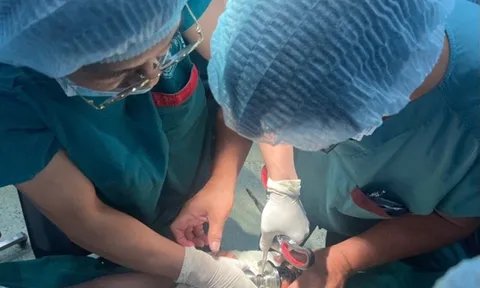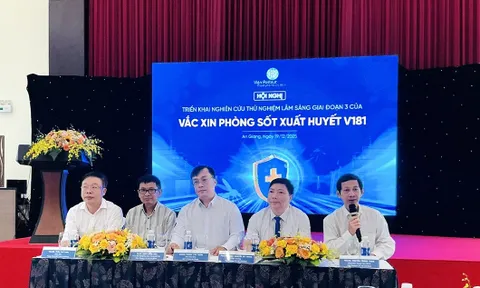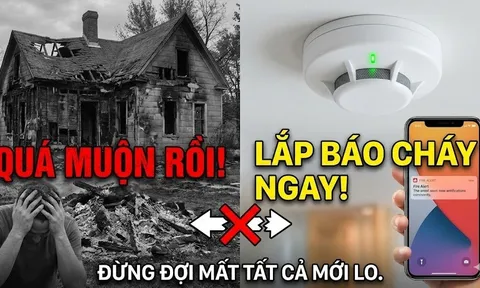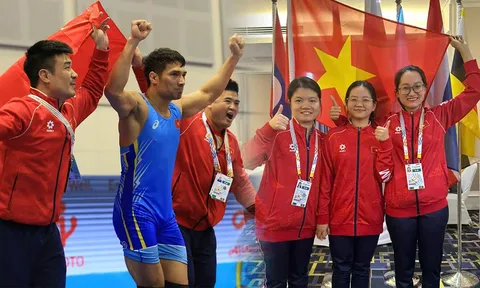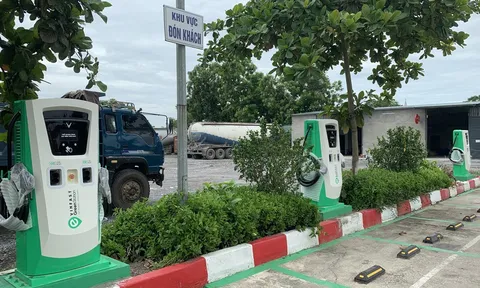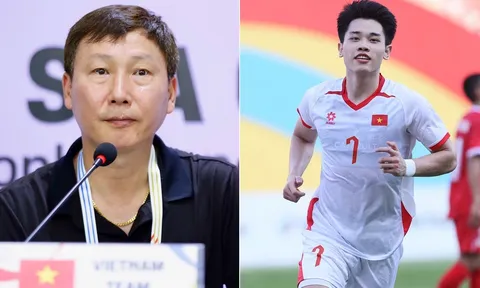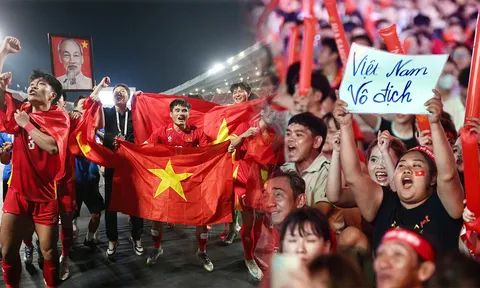
Vice Chairman of the Hanoi People’s Committee, Mr. Nguyen Manh Quyen, hosted a meeting with a delegation from the World Crafts Council (WCC)
At the meeting, the head of Hanoi’s Department of Rural Development, Mr. Nguyen Van Chi, shared that from October 21 to 23, the WCC conducted evaluations to assess Bat Trang and Van Phuc villages for potential membership in this global network. The council highlighted Bat Trang as meeting the criteria of a traditional craft village and deserving global recognition. They also acknowledged Van Phuc’s rich heritage and millennia-old history in silk weaving.
The Council has evaluated the Bat Trang pottery village as not only meeting all the criteria of a traditional craft village but also deserving to become a member of the global network. In addition, the Council also recognized the unique values of Van Phuc silk weaving village, especially its rich culture and history of development spanning thousands of years...

Mr. Aziz Murtazaev, the WCC’s Asia-Pacific representative, thanked Hanoi’s leadership for their hospitality. He expressed his admiration for the history, traditions, and dedication artisans have shown in preserving Hanoi’s craft villages.
The WCC representative emphasized that few places worldwide have Hanoi’s potential for developing craft villages. They recommended prioritizing these villages, enhancing investment, and promoting Hanoi’s craft products internationally. The council also suggested improvements for Bat Trang and Van Phuc villages, offering to bring in global experts and artisans to collaborate with Hanoi.

In response, Mr. Nguyen Manh Quyen highlighted that Hanoi has 1,350 craft villages, comprising 56% of Vietnam’s total. Hanoi has recognized the development of these villages as a priority, investing significantly in recent years. He expressed a desire for continued WCC support to realize sustainable development in these communities, enabling artisans to thrive through traditional crafts.
With potential, strengths, and direction in mind, Vice Chairman of the Hanoi People's Committee Nguyen Manh Quyen hopes that the World Crafts Council will continue to pay attention, collaborate, and support Hanoi in realizing the sustainable development goals of traditional craft villages, striving for people and artisans not only to make a living from their crafts but also to prosper through traditional skills.
Regarding the proposals and suggestions from representatives of the World Crafts Council related to the development solutions for the Bat Trang pottery village and the Van Phuc silk village, Vice Chairman of the Hanoi People's Committee Nguyen Manh Quyen sincerely appreciates and assigns the Department of Agriculture and Rural Development to study and implement solutions. In addition, it is necessary to maintain regular information and provide recommendations for cooperative programs to have the most effective collaboration with the World Crafts Council.
